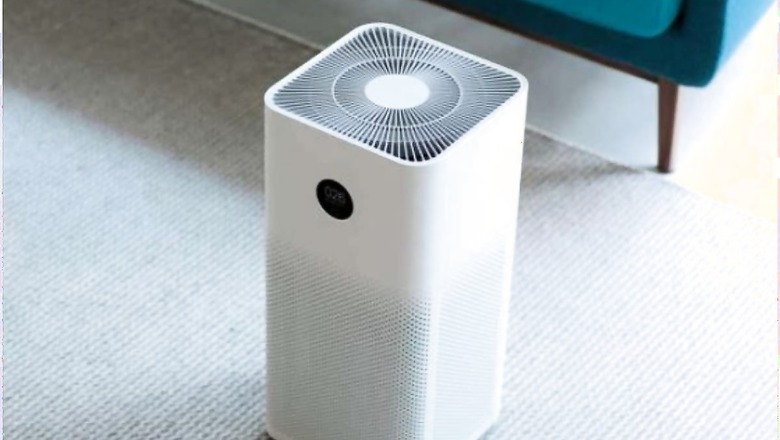
views
COVID-19 is suspected to spread through multiple methods: direct droplet transmission from the infected person, airborne transmission via virus‐containing aerosols and fomite transmission (transmission through the infected surfaces).
A study, published in the New England Journal of Medicine in April 2020, stated that SARS‐CoV‐2 virus remains can stay active in the air in the form of aerosols with a half‐life (the time it takes to reduce into half) of 1.1 hours. Various similar studies have concluded that airborne transmission of SARS-CoV-2 may be possible.
With this, it gets important to take certain measures to prevent the spread of infection in places where people tend to sit together in the same space such as schools, restaurants and offices.
To find a solution, scientists from the Institute for Atmospheric and Environmental Sciences, Goethe University, Germany conducted a series of experiments where they tested the efficiency of mobile air purifiers in reducing the airborne transmission risk of SARS-COV-2 virus in school classrooms. The study is in preprint and is yet to be reviewed by the expert panel.
Examining the effectivity of air purifiers
For the study, the scientists installed four air purifiers with high-efficiency particulate air (HEPA) filters in a school classroom while the classes were going on. During the study, the scientists monitored several parameters, such as the number of particles, the mass of aerosols produced, the distribution of aerosols and the concentration of carbon dioxide in the classroom. The scientists also conducted the same research in a classroom with no air purifiers in them. The volume of the classrooms was noted to be 186 cubic metres.
Results of the study
The result of the study showed that in the classrooms where the volume of airflow was 1,027 cubic metre per hour, the air purifier reduced the aerosols by over 90% within nearly 30 minutes, while the doors and the windows were shut.
Also, the concentration of virus-containing aerosol particles in the classroom without air purifiers increased to about 10 times than what was found in the classrooms with purifiers within 2 hours.
The scientists further found that the reduction in aerosol concentration was the same across the room irrespective of the particle size.
This result was based on calculations which determined the maximum levels of virus‐containing aerosols that are generated from a contagious person while speaking in a closed room with and without air purifiers.
The air purifiers also reduced the levels of carbon dioxide that was generated while speaking in the classroom.
Conclusion
The scientists concluded that air purifiers can be used as an adjunct to other safety measures in reducing the presence of the SARS-CoV-2 virus-containing aerosols in the air, especially in crowded areas with low ventilation facilities and no open windows. This could, in turn, prevent airborne transmission of COVID-19.
For more information, read our article on COVID-19: What is droplet transmission?
Health articles on News18 are written by myUpchar.com, India’s first and biggest resource for verified medical information. At myUpchar, researchers and journalists work with doctors to bring you information on all things health.


















Comments
0 comment